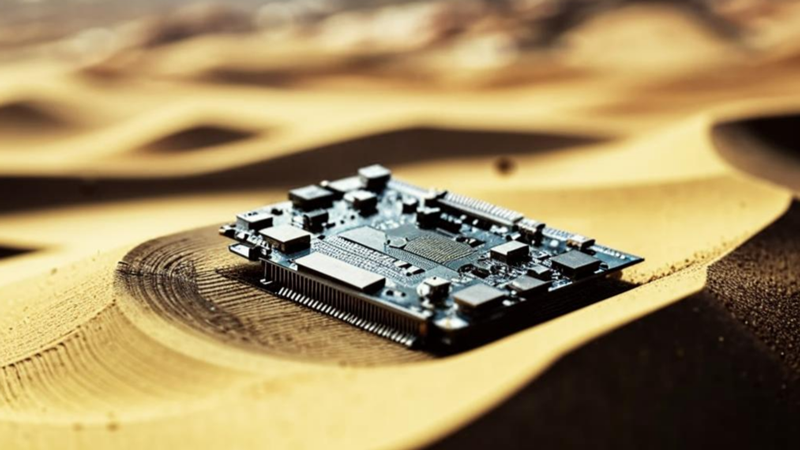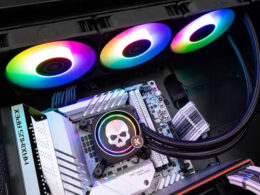Advanced energy-independent memory currently faces limitations regarding the number of rewrite cycles. This is not a significant issue for home users, but for many industries, the speed of memory wear can impact both safety and budget. However, a group of Chinese scientists have embarked on a search for materials that could result in energy-independent, wear-free memory. Revolutionary developments in this field could bring about industry-wide changes. Recently, there have been reports regarding such a breakthrough.
Researchers from the Ningbo Institute of Materials Technology and Engineering at the Chinese Academy of Sciences (CAS), the University of Electronic Science and Technology of China in Chengdu, and Fudan University in Shanghai, reported in Science journal, that their newly developed energy-independent memory material showed no wear after a million rewrite cycles under lab conditions. This discovery, according to the researchers, signifies a breakthrough and suggests that memory based on this new material could, theoretically, last indefinitely.
The scientists used a popular ferroelectric material among researchers called molybdenum disulphide, specifically, a modification known as 3R-MoS2. Ferroelectrics are less prone to wear during data recording and storage. The hysteresis effect (memory) in these materials is manifested by changes in the polarization of the crystalline cell, which can be controlled using an external electromagnetic field. The physical effects on the material are minimal, but still existing. Over time, ferroelectric memory also deteriorates, a challenge that requires creative solutions.
As the Chinese researchers found out, the deterioration of the characteristics of ferroelectric memory – or, so-called ferroelectric fatigue – is caused by defects, or more specifically, the accumulation thereof. These defects, like tiny pebbles in a sea wave, aggregate into clusters that grow larger with time. Therefore, the primary goal of the new study was to find a solution to slow down or prevent this accumulation of defects.
Through exploring machine algorithms (AI), the researchers successfully developed a layered “sliding” material using 3R-MoS2 that evaded defect accumulation during rewriting. After a million cycles, the material showed no deterioration of characteristics. Additionally, the material proved to be very thin—around one nanometer. This implies that memory cells can be significantly reduced in size. Unlike modern ferroelectric memory, which suffers from low density due to the size of memory cells.
The implications of wear-free computer memory are profound for industries including artificial intelligence and supercomputing. In the context of the ongoing technological war between the US and China, the significance of this development cannot be overstated.





